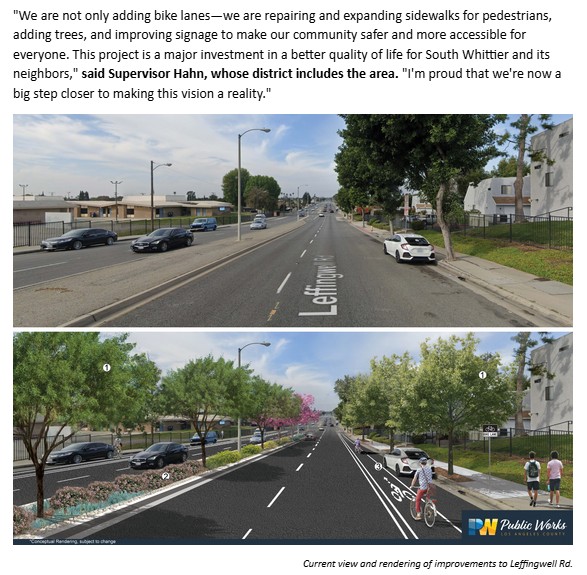 Moving a kid and a tub of compost, with an electric assist. (Photo: Mark Stosberg via Flickr)
Moving a kid and a tub of compost, with an electric assist. (Photo: Mark Stosberg via Flickr)How much energy does it take to move two tons?
Streetsblog Network member Mark Stosberg, who blogs at Bikes as Transportation, had the occasion to think about it recently when he embarked on a renovation project that involved retiling a floor.
Stosberg doesn’t own a car, and he usually uses cargo bikes
(including the electric Yuba Mundo pictured at right) to transport
heavy loads around his hometown of Richmond, Indiana. But faced with
nearly 4,000 pounds of tile and mortar, he decided the best vehicle for
the job was a car.
Handling the stuff quickly led to another revelation:
I helped load and unload much of the 50-pound bags of mortar, and
two car-trailer loads of tile. By the end, I felt well-acquainted with
the full impact of 4,000 pounds. I could feel in my bones the amount of
energy it took to move that material.And for a least a moment, I appreciated cars for this. They were far
better for carrying two tons of materials than a bike would be.And that’s when it hit me like a ton of ceramic tile. The average American car weighs two tons.
All this energy… all this effort required to move 4,000 pounds… all
that energy is purchased and consumed every time a car is driven for
any purpose. This near-miracle is being accomplished to visit the
corner store and fetch a single bag. So often, cars carry little more
than a single passenger a short distance.…Is our energy crisis a crisis of supply or a crisis of inefficient
demand? Any way I can slice and dice it, using a 4,000-pound vehicle to
transport a person and a small amount of cargo for less than five miles
is a highly inefficient way to accomplish the task.
More from around the network: Spacing Toronto makes the case for complete streets. Urban Out has a guest post from planner Sarah Wilson on the best way to shrink a city. And Building Cincinnati has the scoop on new requirements for bike parking in car parking facilities.






